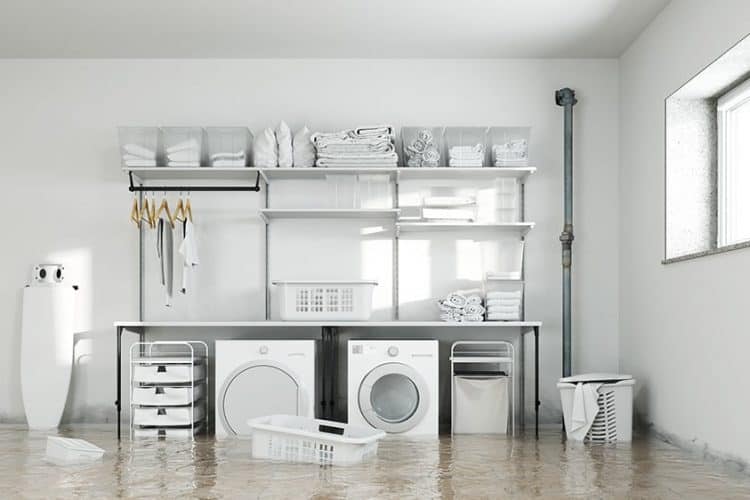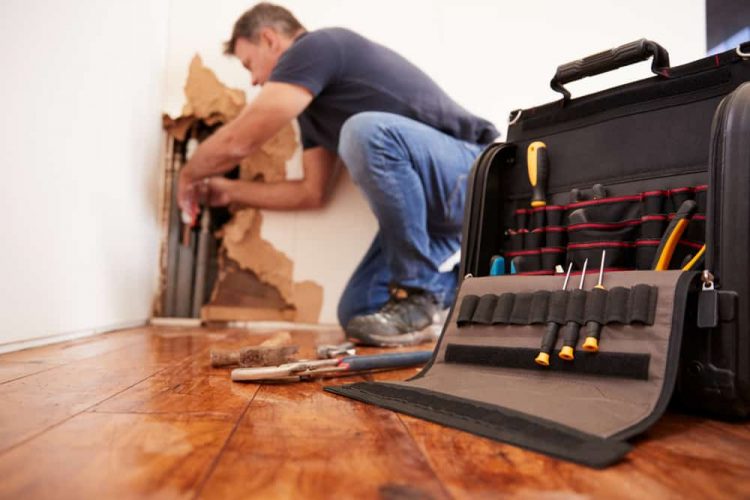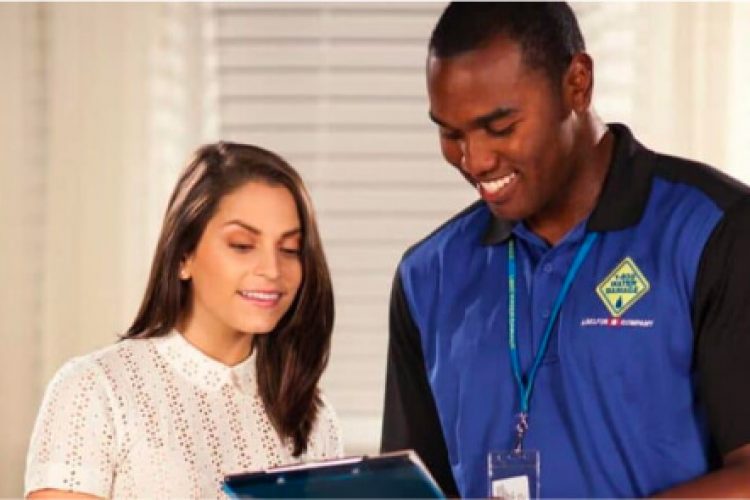The COVID-19 pandemic has caused buildings across the country to empty out, and despite many businesses being in various stages of reopening, there are still a substantial number of buildings and facilities that are and will remain vacant for the foreseeable future.
Tech giants such as Google and Twitter are allowing employees to work from home for the rest of the year, and possibly longer. Schools in COVID-19 hotspots have not yet been able to return to in-person learning. And many people are opting to stay home more often in order to promote their own safety as well as the safety of others. Even with all of these factors minimizing building occupancy and use, it’s still important for building owners and facility managers to continue to monitor the health of their properties while they are empty.
In particular, facility management personnel need to be aware of the potential causes (or contributing factors) of microbial growth and take the necessary steps to help prevent dangerous microbes–such as fungi, bacteria, and viruses–from growing and spreading throughout the building either while it’s empty or once it’s being prepared for occupants to return.
Stagnant Air
To save on overhead, it makes sense to shut off HVAC systems when there’s no one in the building, right? Think again. Stagnant air can be a breeding ground for fungi such as mold and mushrooms, as well as bacteria. If these microbes take over a building unseen, once you turn your HVAC systems back on, they will spread throughout the building, possibly causing sickness.
Blocking Out Sunlight
To prepare your building for being unoccupied, you may have even pulled down shades and shut blinds. Closed shutters and blinds block out UV rays that can come through the windows and kill mold spores. While these steps may save you money initially, you’ve just created the ideal environment for microbial growth.
Warmer Temperatures & Increased Humidity
In addition to decreased light coming through the windows, warmer outdoor temperatures during the summer months will cause indoor temperatures to rise. Without the usual cool air pumping through a building from your HVAC system, there will also be an increase in humidity. A dark, humid building with uncirculated air creates the ideal environment for mold growth, and can often go unnoticed.
So, how do you avoid this mold growth in an empty building? There are several steps you can take to prepare your facility for a prolonged temporary vacancy. The key to maintaining a healthy environment is to keep the building clean and dry.
First, you’ll want to thoroughly clean your building. You can hire a professional to do this for you, to ensure every spot has been cleaned and sanitized. Among areas of focus, you’ll want to make sure carpets as well as surfaces are completely cleaned. Taking this step can remove existing mold spores that can lead to a much bigger problem. You can also implement a temporary climate solution in parts of the building that are particularly vulnerable to mold infestation.
If you haven’t taken the proper steps and your building has been vacant over the summer, please contact your local 1-800 WATER DAMAGE. We could refer a third-party qualified Indoor Environmental Professional (IEP) to test your facility for mold and other microbial growth that could be lingering in your building. They could validate that your building is clean and ready to open, or write a detailed prescription for us to get you to that goal. Our teams specialize in anti-microbial sanitization and mold remediation. We will completely sanitize your building back to the way it was before everyone moved out, and take preventative steps to keep your location clean long-term.



